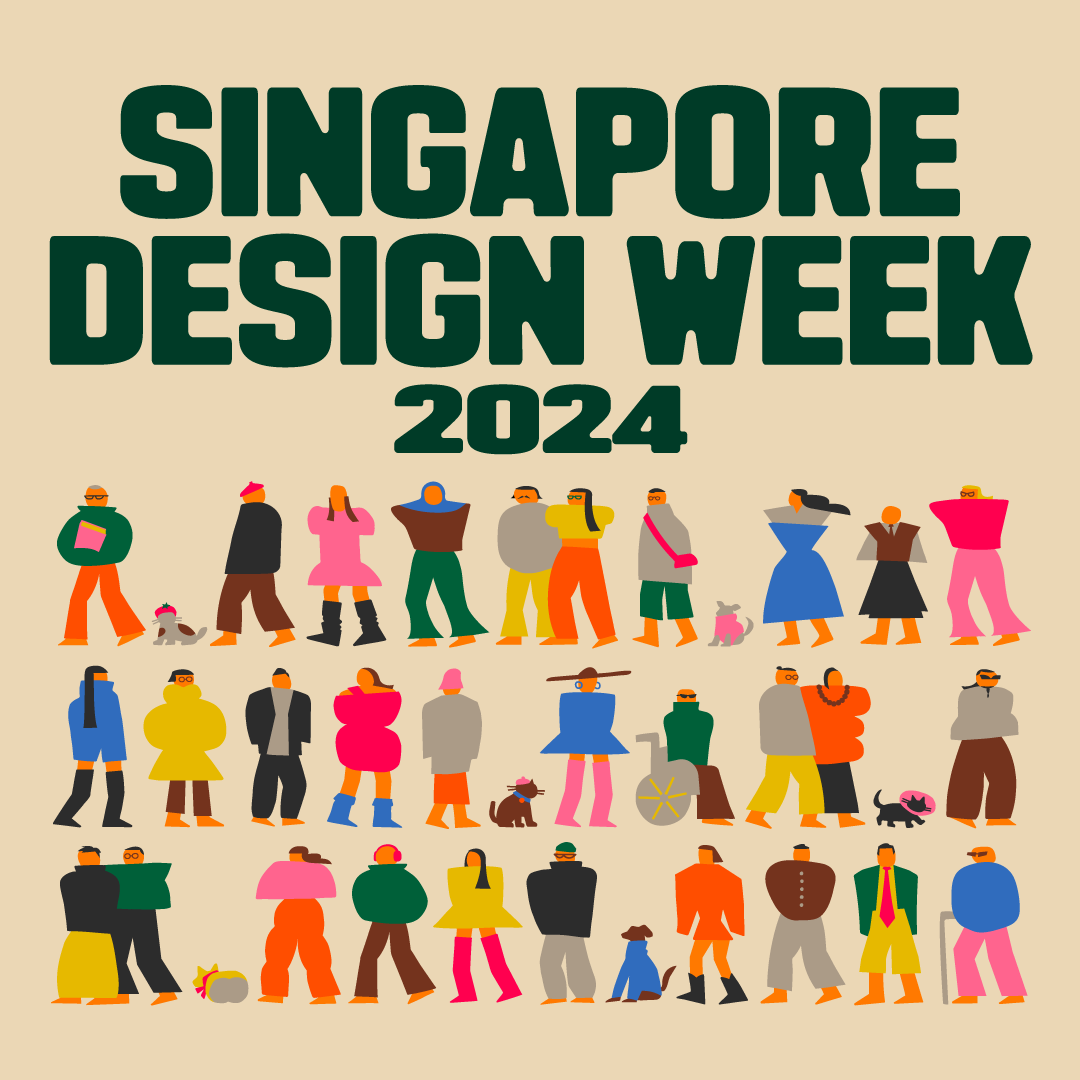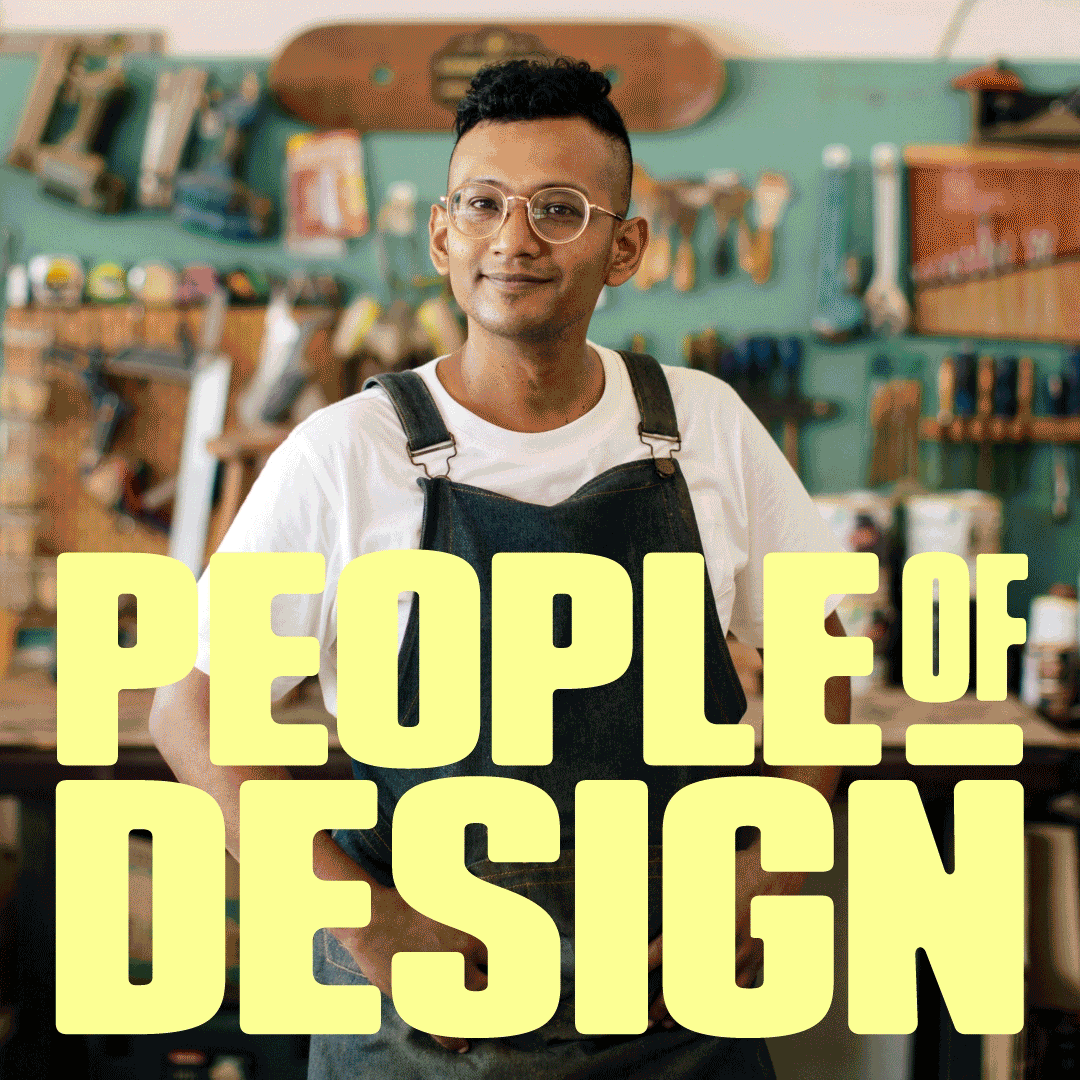More than 2 billion tonnes of municipal solid waste is generated every year, and that is just everyday trash. Add industrial and agricultural waste, and the figure becomes truly unimaginable.
But what if waste could be reframed, thought of as an abundant resource rather than an unwanted material? At The Waste Refinery, an exhibition conceived and produced for DesignSingapore Council, we set out to do just that.



From next-generation building materials to extended-wear clothing, from statement homeware to sculptural critiques of the modern lifestyle — we brought together designers from all over the world to show us how to put waste to good use.
Naming the exhibition The Waste Refinery, we wanted the logo to convey the impression of wastes and offcuts being refined and transformed into new products. Parts of different typefaces were used and creatively combined to create the logo.
We also created icons that recall the assorted machinery found in a typical refinery. These were used to complement the logo and serve as secondary graphics in our various communications.


Together with Singaporean designers, international collaborators were brought in to add to the breadth of the exhibition. We approached exhibitors in diverse fields from fash-tech and material design to industrial and interior design; from as far away as Lithuania and Germany to neighbouring countries like Indonesia and Philippines.


Shoes and bags fashioned from a textile created with pineapple leaves discarded by the pineapple industry
Ananas Anam, Philippines
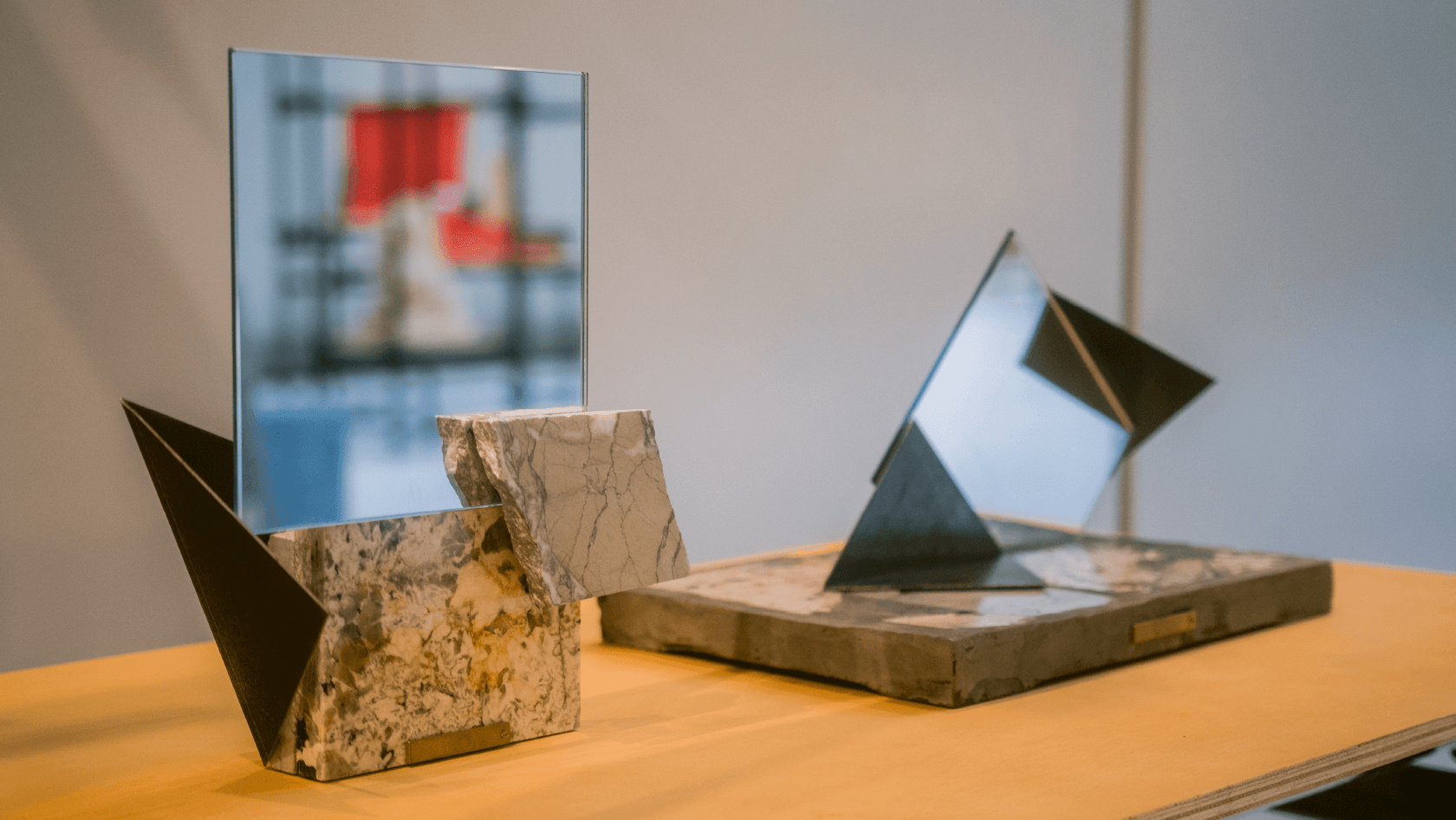
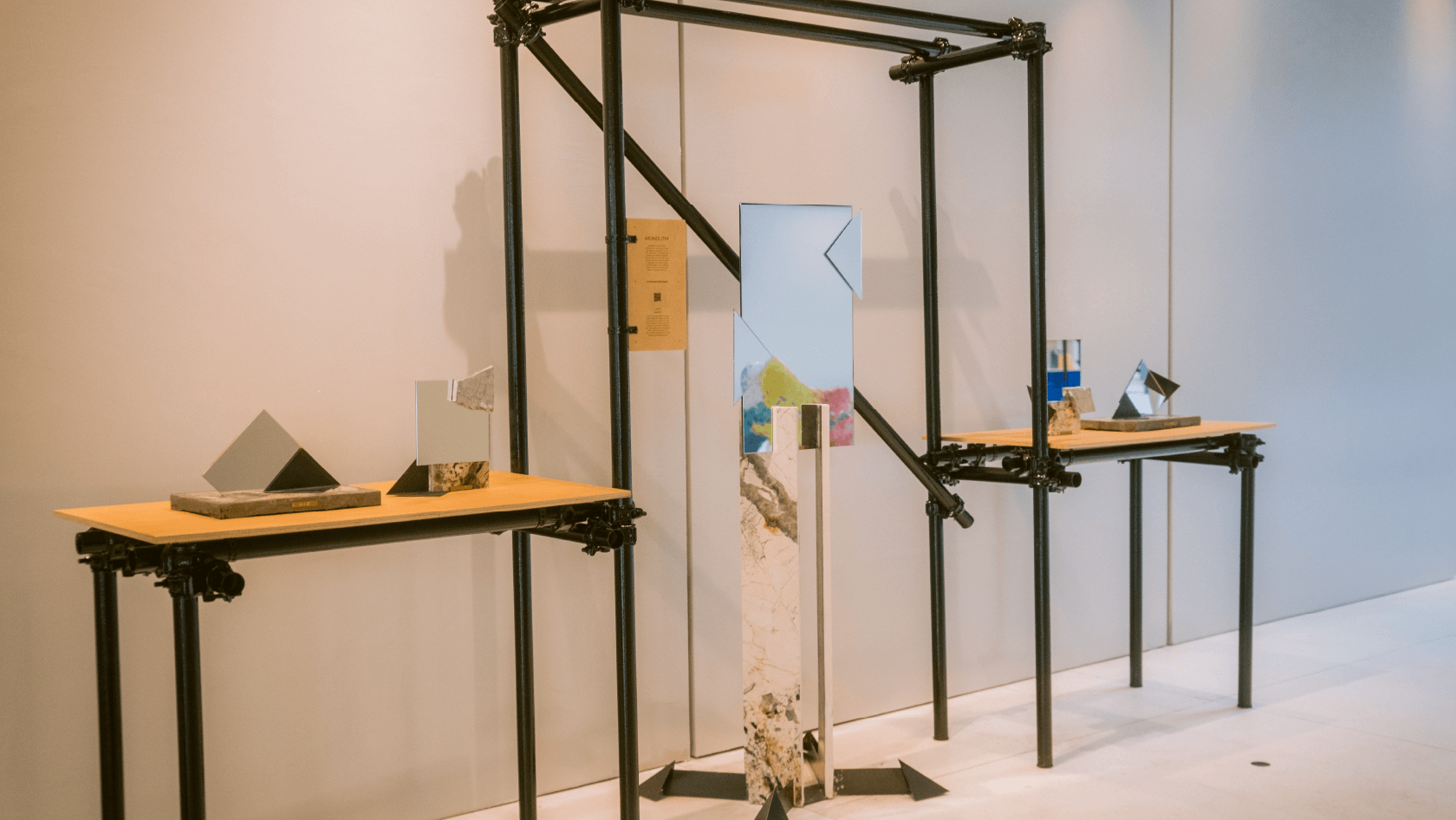
Furniture pieces and lifestyle objects created from marble, steel and mirror offcuts
LAAT, Singapore

Footwear with soles made from used tyres rescued from landfills, garages and gutters
Indosole, Indonesia

Seashells discarded by the seafood industry turned into a new material for homeware
Newtab-22, South Korea
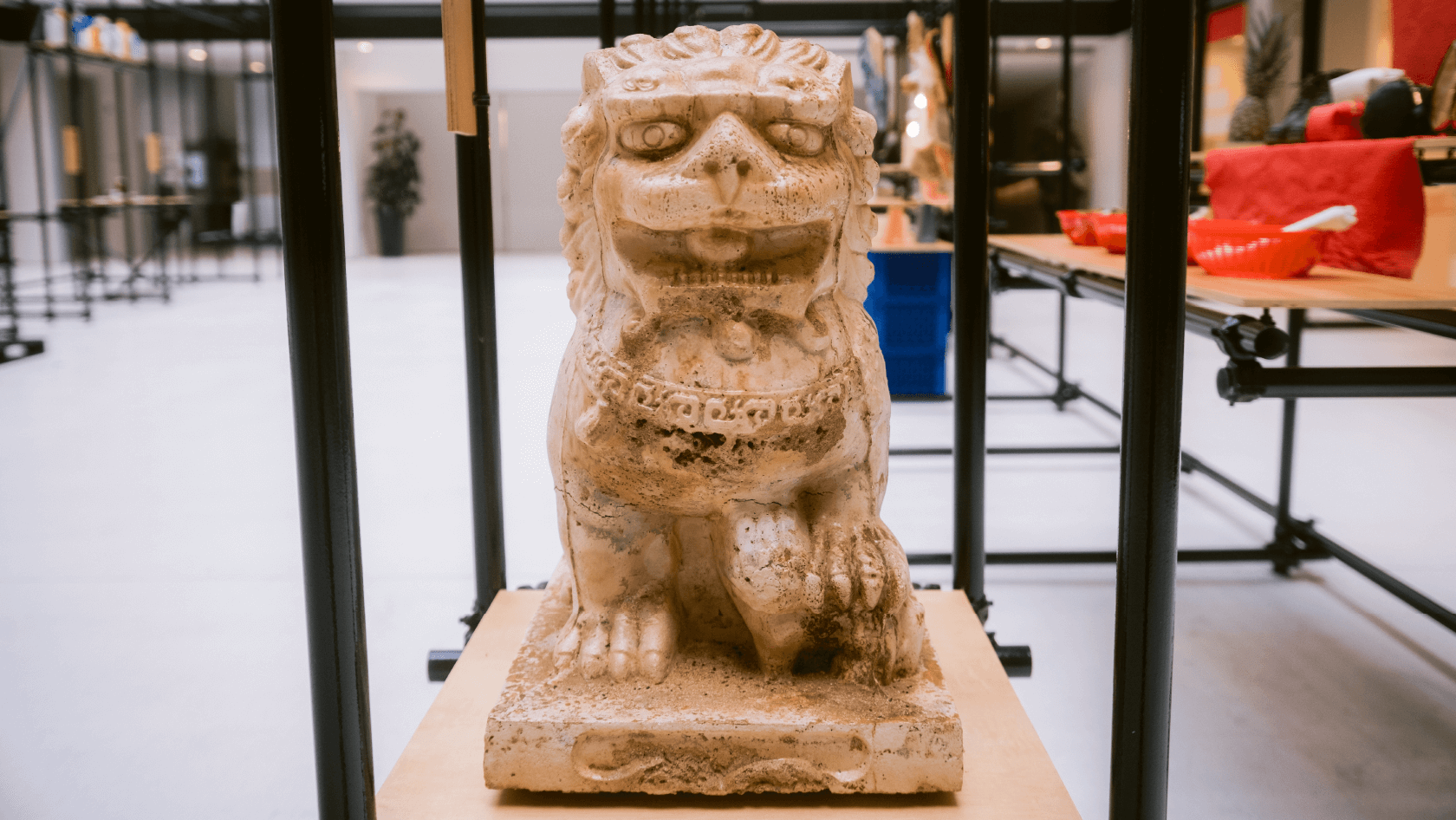
Mycelium building material stronger than concrete kilo for kilo, grown on agricultural byproduct
Mycotech Lab, Indonesia
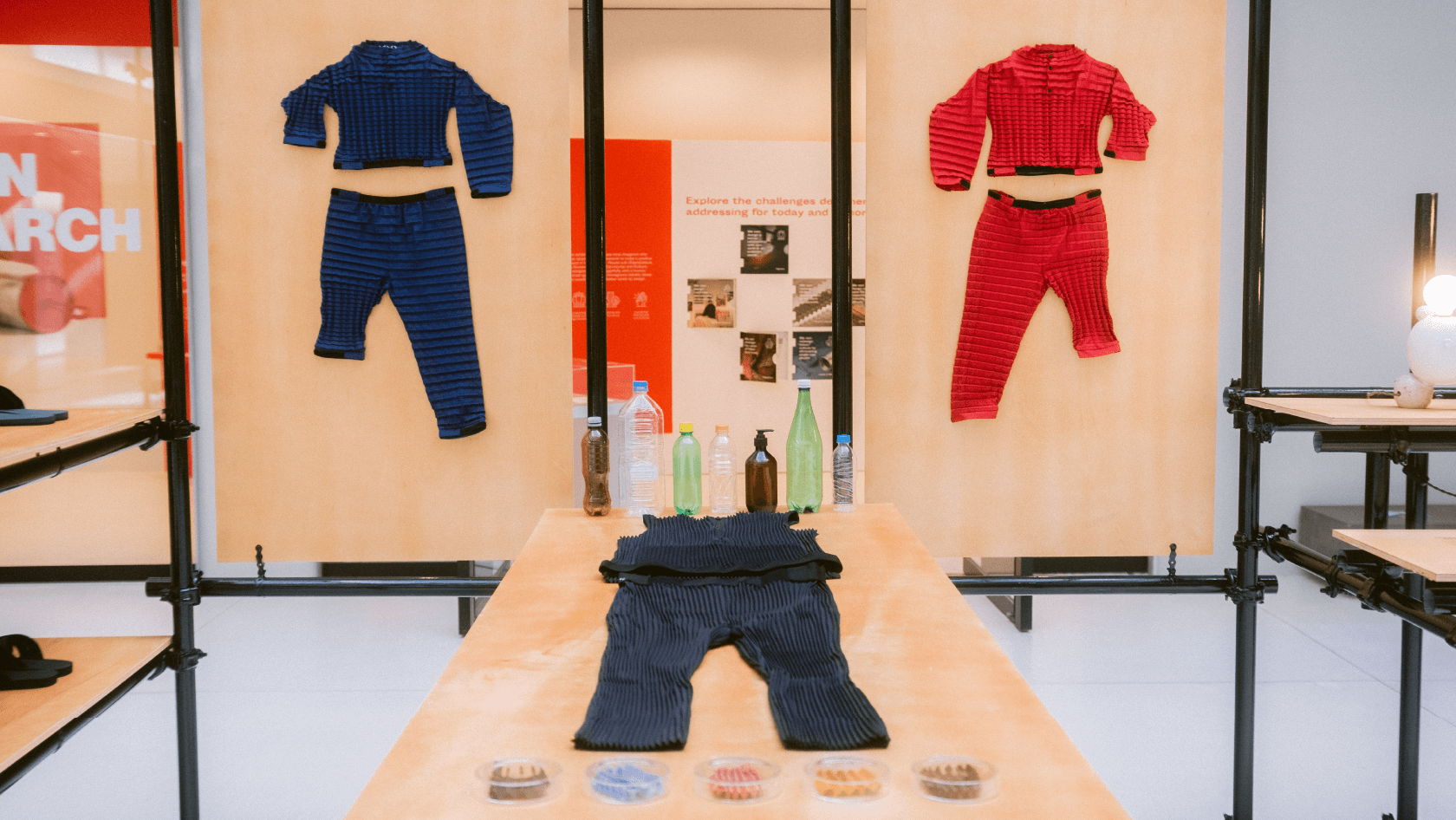
Garments made from recycled plastic bottles and designed for extended wear, breaking the wasteful cycle of discarding outgrown clothes and buying new ones
Petit Pli, England

Fruit peels left over from juice production and cellulose waste from the textile industry transformed into biodegradable bags
Sonnet Studio, Germany

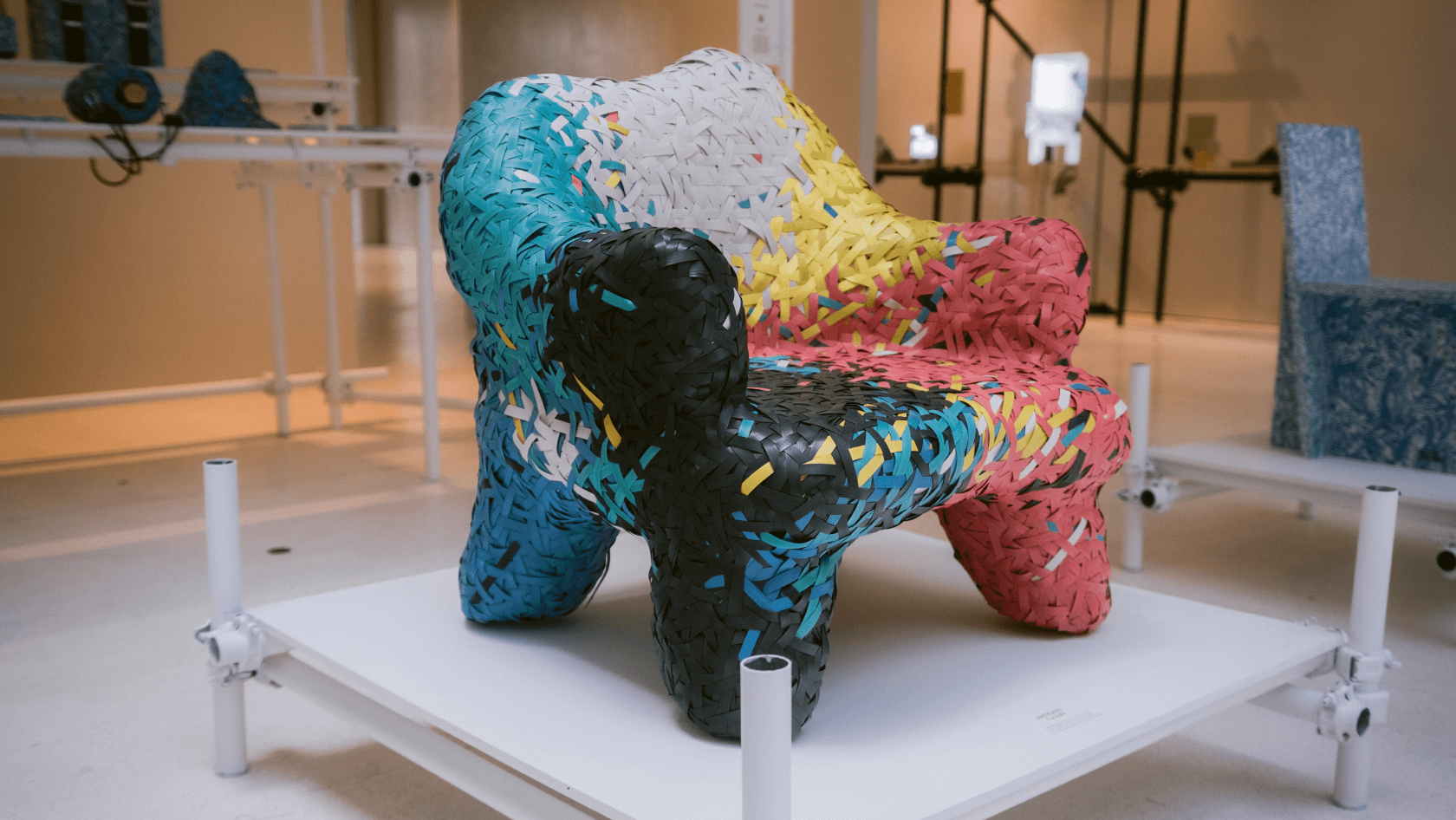
Furniture and homeware made with plastic saved from the seas, rivers and landfills
Space Available, Indonesia


Botanical inks created from discarded fruit peels, fallen leaves and flowers, and wood shavings
Wild Dot, Singapore
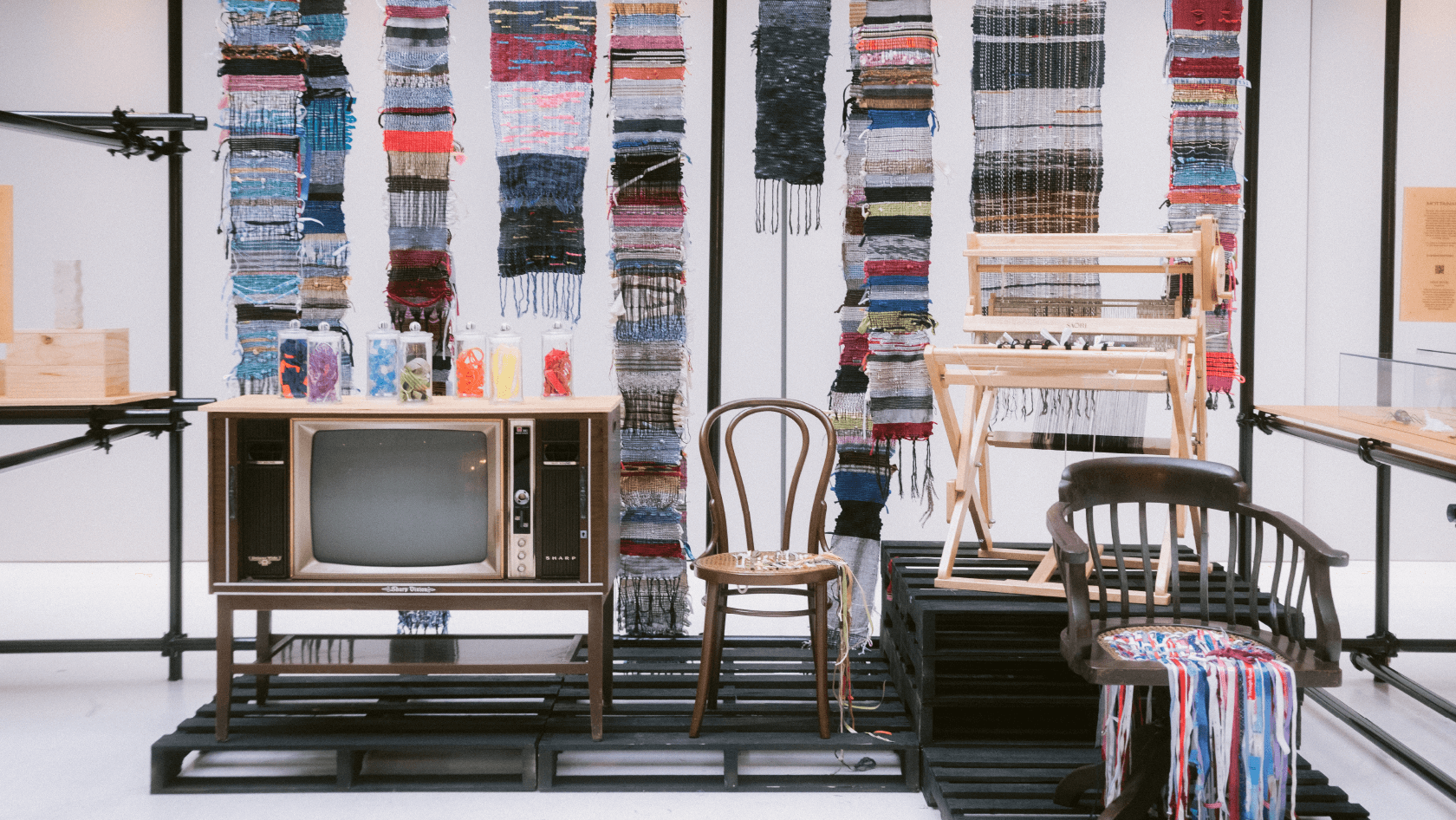
Damaged secondhand furniture creatively mended and given a second chance at life
Soft Studio x Hock Siong, Singapore
“Coinciding with the opening of the UN Climate Change Conference (COP26), The Waste Refinery at NDC brings together international and local brands, designers, artists and schools to show how design can help to solve many global issues.”
DE51GN
Social media was used to publicise the exhibition. In addition to informational posts about the event and to showcase each exhibitor’s work, we also created a series of mini tutorials, contests and educational posts. With these, we hoped to engage the audience and show that they too could play a part in turning waste into a resource.
In line with our theme, old T-shirts salvaged from thrift stores were overprinted with The Waste Refinery graphics and used as staff attire. These were also sent out with the press kit to various media and news channels.
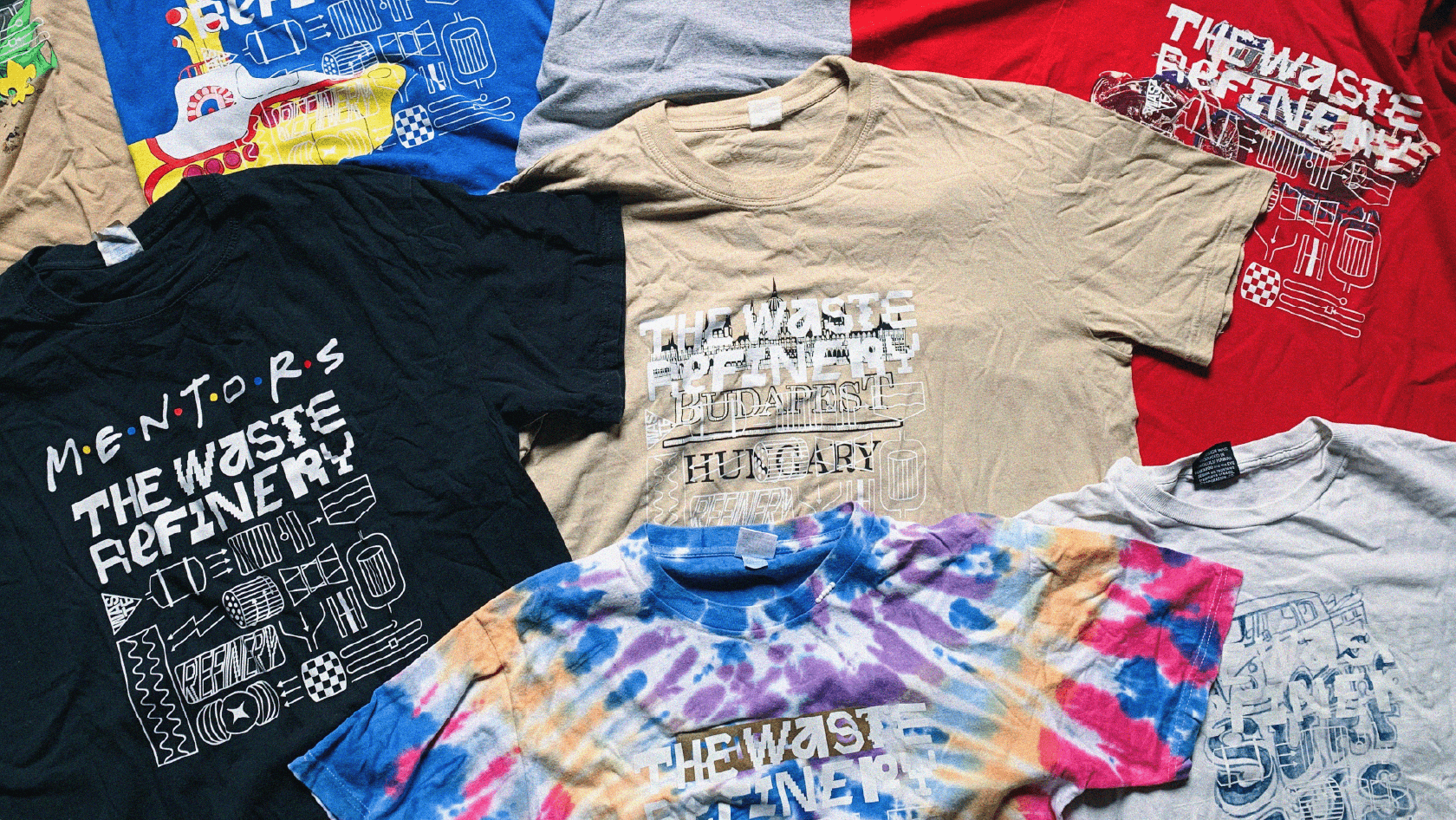
Despite the challenges of the pandemic and restrictions on crowding, The Waste Refinery welcomed more than 7,000 visitors over its 10-week run. Our social media campaign was shared extensively, with sustainability champions adding their voice to the cause. The event was also featured by numerous design, lifestyle and news sites, gaining valuable media coverage.
“Singapore’s landfills are bursting. This new exhibition showcases beautiful, creative uses for waste.”
Fast Company



